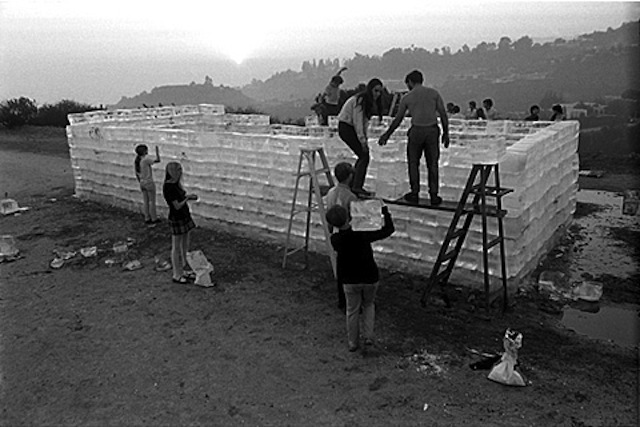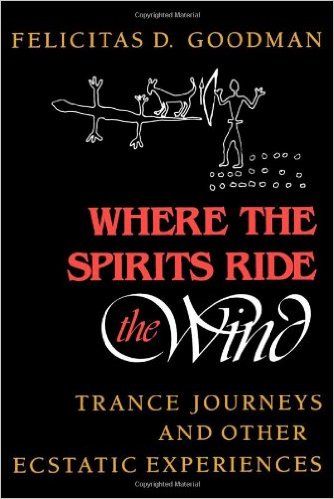On the 9th of January 2016 at 7 pm I’m presenting «Collective Trance» at Tallinn Art Hall in «Doings and Knots» curated by Margit Säde. As an introduction, I would like to share some references around this proposal.
1- Allan Kaprow
““Ritual act” represents a cosmic happening, an event in the natural process. The word “represents”, however, does not cover the exact meaning of the act, at least not in its looser, modern connotation; for here “representation” is really identification of the event. The rite produces the effect which is then not so much shown figuratively as actually reproduced in the action.”
Allan Kaprow, The Education of the Un-Artist Part II (1972)
Allan Kaprow applied the performative potential of rite to contemporary art. The path he inaugurated still needs much exploration. Rites are performative techniques for achieving certain purposes. Our own past and other cultures offer an incredible array of rites we need to re-think in relation to our present circumstances.
2- Felicitas D. Goodman
Felicitas D. Goodman was an anthropologist with a naturalist pratice. That means that, like other extraordinary scholars such as Pierre Verger in Brazil, she didn’t just study trance phenomena from outside, but she fully immersed herself in these phenomena without judging them from a Western perspective. It is a pleasure to read a scholar who talks to spirits and sees the future with as much ease as she quotes Claude Lévi-Strauss.
3-The Time Machine (1960, George Pal)
4-Cargo cults
«A cargo cult is a Melanesian millenarian movement encompassing a diverse range of practices and occurring in the wake of contact with the commercial networks of colonizing societies. The name derives from the belief that various ritualistic acts will lead to a bestowing of material wealth («cargo»). (From the Wikipedia)
About cargo cults, anthropologist Peter Worsley comments: “the odder –the most difficult to explain- elements of cargo cults, particularly the hysterical mimesis of European behaviours are an emotional outlet found in imaginary projection.” He deduces «that archetypical cargo cult behaviour is its own goal and end –its own creative enactment. These self-fulfilling enactments are an aspect of, for lack of a better term, existence. They are simply what people do- that is, the physical or corporeal enactment of a context.”
If we unavoidably enact a particular context physically, could the embodiment of different realities facilitate changes in our own context?
5- Trance-techno music
Shake it down, turn around! Come on everybody, have some fun!


